Mark and Gaynor-
I had saved the GPS co ordinates so I would know how to get back to the exact location where I had first spotted the starving dog. The day after finishing the TNGA I once again headed up to rural north Georgia only this time it’s by car. I find the spot and it’s just as depressing as I remember with its roadside trash on a back country fire service road. We get out and walk and although we don’t find the dog I do find the marker for the Pinhoti trail turn off that I had missed during the race! We scout the area but the dog remained elusive. I check the map and we head back down a road that heads towards the highway. We are still on dirt roads and as we head further down we see a group of dogs on the side of the road just where it changes to pavement. There he was. Only it wasn’t just him it was 20 or so dogs in varying states of ill health. We weren’t dealing with a starving dog, we were dealing with a feral colony of starving dogs which would ultimately turn out to be two distinct packs. The dogs were unapproachable. We continued to the nearest town for a bite to eat and discuss our next step. At this point we can’t really fathom our options and decide to head straight for the local animal shelter thinking maybe they can help. Looking back, the naivety of this shows just how much we were unaware of the limitations of rural county districts. The shelter turns out to be 2 rooms and one is an office. There are no dogs being held in the shelter, there is a crate with a few kittens in the next room. There is no a/c and no heat. They have 1 office person and 1 field officer. We are going to need a bigger boat….
What started out as an attempt to pick up a dog who was starving would quickly become a full blown rescue operation and we were going to need help. We were now faced with dealing with a large feral colony of dogs and they had never been touched by people. This was a game changer and we knew we were now in uncharted territory, the enormity was finally sinking in. When you start to look there is little to no information out there on the rehabilitation of feral colonies. We push on and after multiple phone calls to agencies and rescues we realize if we want to help these dogs we are going to have initiate a rescue ourselves, no one was going to do it for us. We contact one of our benefitting charities. ‘Hey Tammy” I said, I have a story for you…
Together with Mostly Mutts we implement a plan to catch, rehabilitate, spay/neuter and re-home the
starving feral colony. RTR will become a 501 (c) (3).
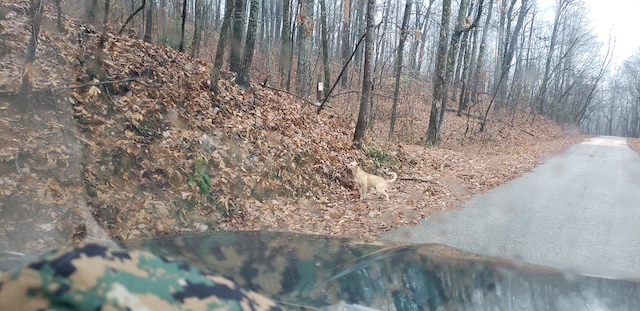


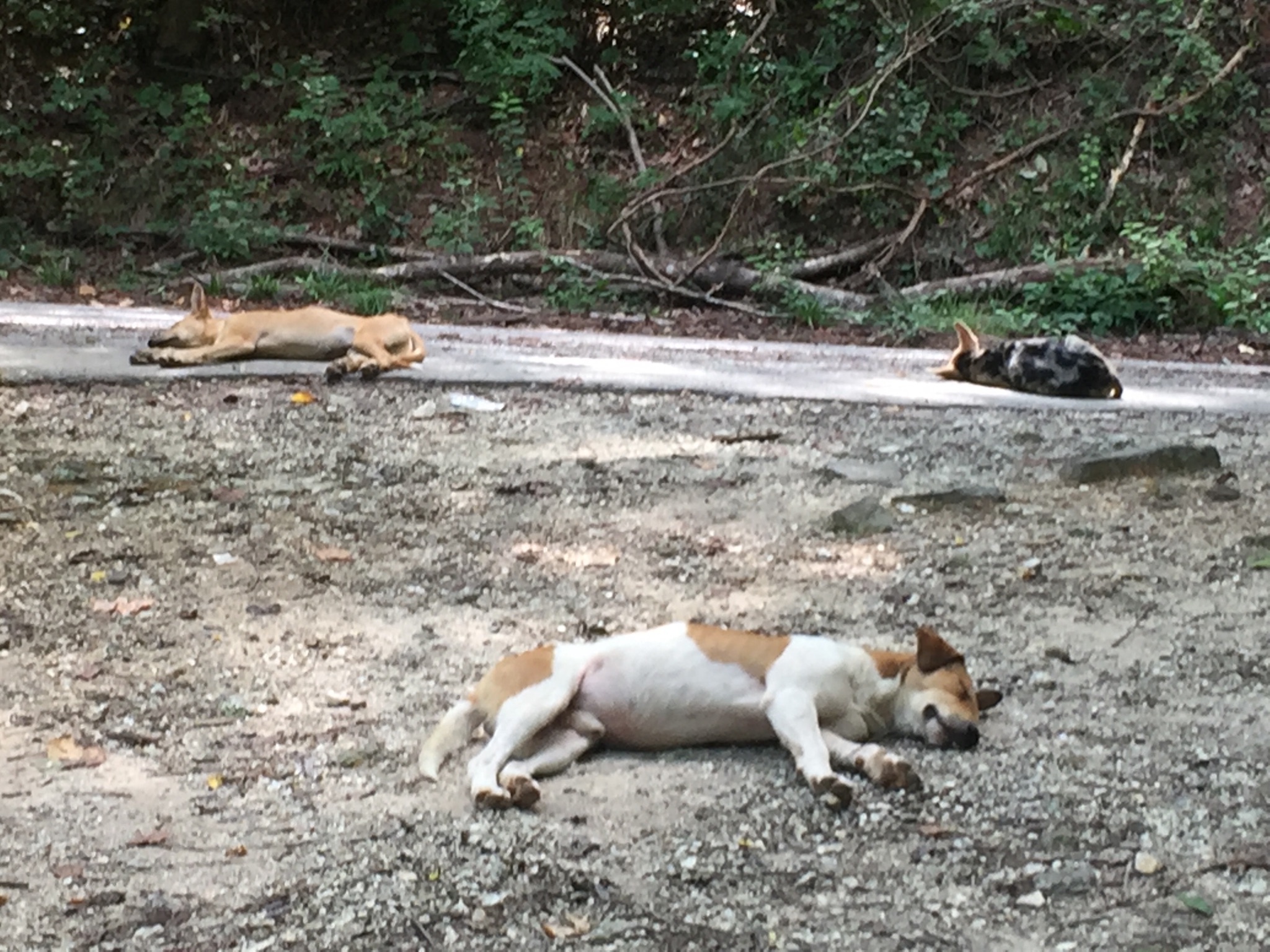
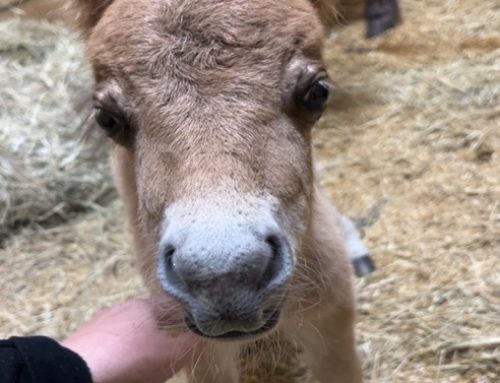
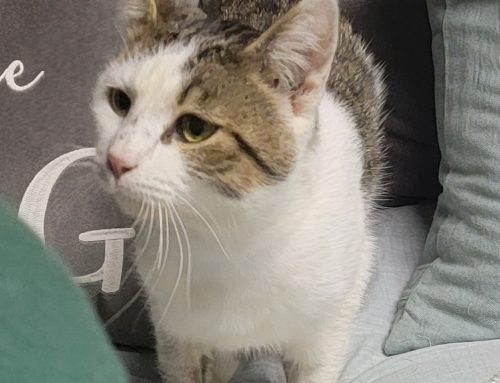
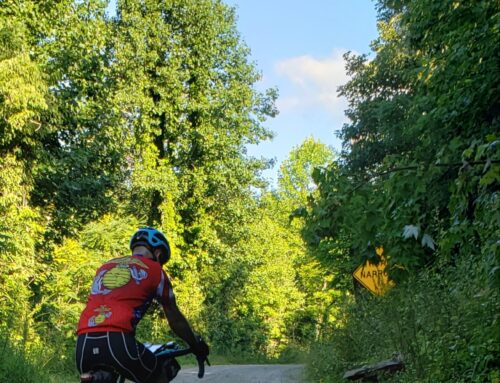
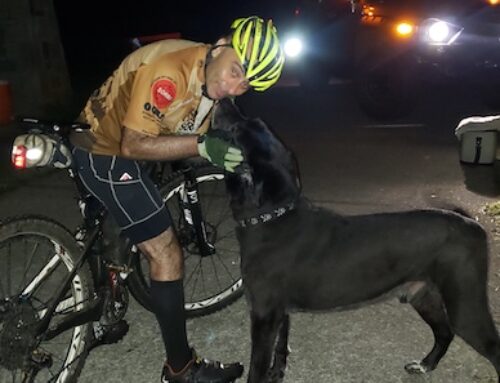
Leave A Comment